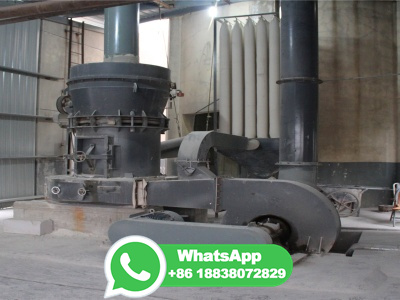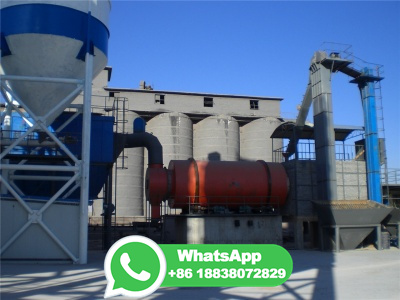What is Coke Clean Air Council
Coke and How it's Made. Coke is a fuel used in the steelmaking process that is created by heating coal in the absence of air. Myth: The process of coke manufacturing is very complex and cannot be understood by anyone other than a scientist or engineer. Reality: The manufacturing of coke involves a number of different processes.




































